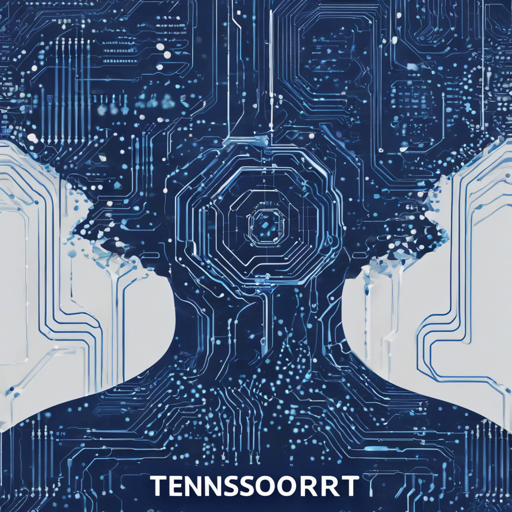If you are looking to leverage the powerful NVIDIA TensorRT for your machine learning projects, you are in the right place. This guide will walk you through the steps to install and build the TensorRT Open Source Software (OSS) components. No complex jargon, just straightforward instructions!
What is TensorRT?
NVIDIA TensorRT is a high-performance deep learning inference platform that optimizes your neural network models for efficient deployment. This repository contains the OSS components of TensorRT, including plugins and ONNX parser, along with sample applications to demonstrate its capabilities.
Installing TensorRT
Let’s dive into the installation process using a Python package which makes it easier!
Step 1: Prebuilt TensorRT Python Package
- Open your terminal.
- Run the following command:
pip install tensorrtThis command will download and install TensorRT directly, skipping the need for a complicated build process.
Building TensorRT-OSS
If you prefer to build TensorRT-OSS, follow these steps:
Step 2: Prerequisites
Before building, ensure you have the required packages:
Step 3: Download and Extract TensorRT Build
Run the following commands to clone the TensorRT OSS repository:
git clone -b main https://github.com/nvidia/TensorRT
cd TensorRT
git submodule update --init --recursiveNext, download the TensorRT GA build by following the appropriate link for your system from the instructions.
Step 4: Setting Up the Build Environment
The recommended approach is to use Docker for a seamless build experience. Use the following command to generate the TensorRT-OSS build container:
./dockerbuild.sh --file dockerubuntu-20.04.Dockerfile --tag tensorrt-ubuntu20.04-cuda12.6Step 5: Building TensorRT-OSS
To build TensorRT-OSS, run:
cd $TRT_OSSPATH
mkdir -p build
cd build
cmake .. -DTRT_LIB_DIR=$TRT_LIBPATH -DTRT_OUT_DIR=$PWD/out
make -j$(nproc)Troubleshooting
If you encounter issues during installation or building, consider the following troubleshooting tips:
- Ensure all dependencies are clearly satisfied.
- Double-check Docker installation and permissions.
- If errors arise during the build process, check the logs carefully for clues.
For more insights, updates, or to collaborate on AI development projects, stay connected with fxis.ai.
Conclusion
With these steps, you should be well on your way to harnessing the capabilities of TensorRT OSS. Whether you choose to install the prebuilt Python package or build from source, you’re equipped to improve the performance of your machine learning models.
At fxis.ai, we believe that such advancements are crucial for the future of AI, as they enable more comprehensive and effective solutions. Our team is continually exploring new methodologies to push the envelope in artificial intelligence, ensuring that our clients benefit from the latest technological innovations.

